Trekking and
mountaineering adventures are the best and most popular ways to relish the
natural beauty of Nepal. As such, these trips explore the high altitudes which
offer diverse Himalayan terrain and mesmerizing panorama. And with such great
altitude, there are numerous challenges including altitude sickness. Thus,
travelers must remain cautious of the illness and ways to avoid or tackle
it.
What is altitude sickness?
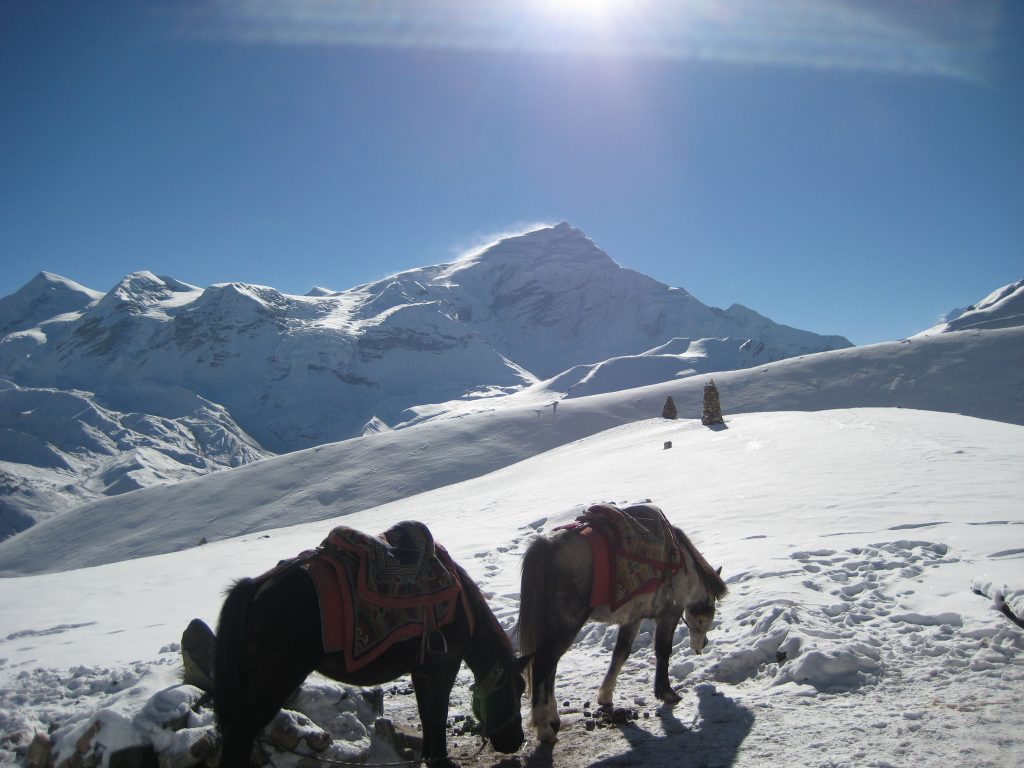
The oxygen level
decreases when the altitude increases which causes various symptoms in a human
body. Generally, these symptoms like nausea, headaches, difficulty in
breathing, and loss of appetite appear when travelers cross the altitude of
2400 meters. This very condition that a human body develops when it is unable
to cope with the high altitude is called altitude sickness. Mild altitude
sickness is common as the altitude gains but it may be life-threatening if not
treated on time.
Altitude sickness in Himalayas of Nepal and its causes
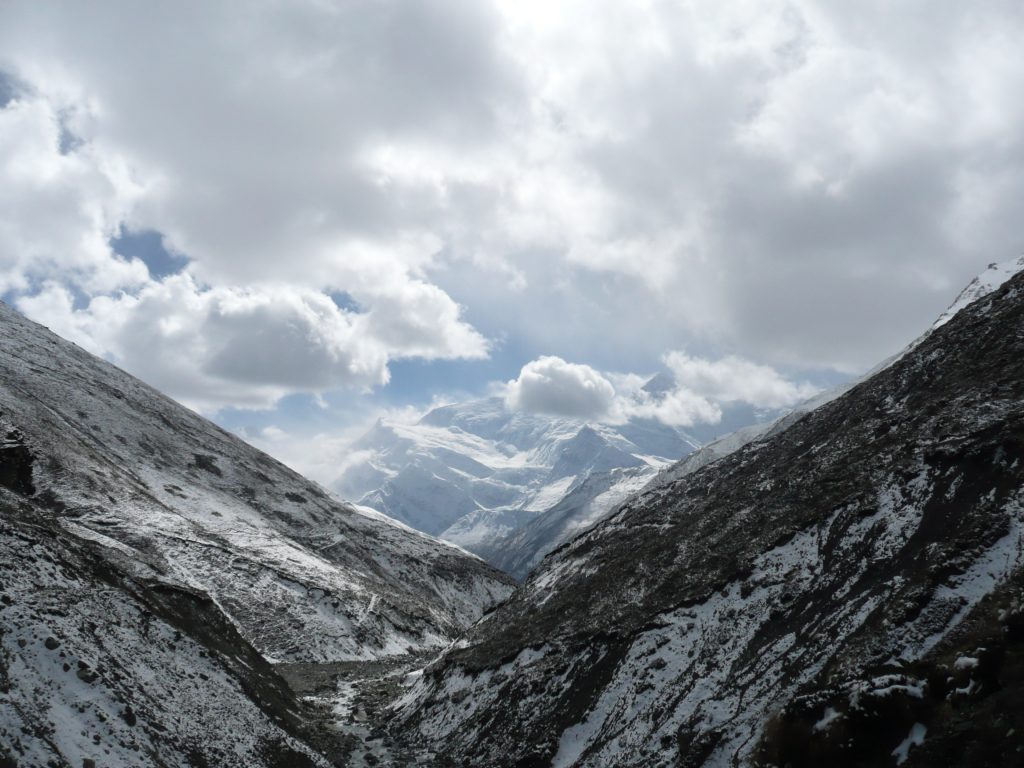
As mentioned earlier, the symptoms altitude sickness starts to appear from 3,000m onward but this may not be the case for everyone. However, depending on the region and individual’s condition, trekkers may suffer from altitude sickness from lower elevations of 2,400m as well. The main causes of altitude sickness are gaining altitude at a rapid pace and rigorous exercises without proper rest. These actions require more energy and oxygen. As such, failure to cope with the Himalayan atmosphere makes travelers prone to altitude sickness.
Types of Altitude Sickness
- Acute Mountain Sickness (AMS)
It is the most common and mild form of altitude sickness. In general, people start to see the symptoms of AMS from around 2,400m and above. When traveling across higher altitude, trekkers must be aware that suffer from altitude sickness regardless of their physical fitness. Its unpredictability is one of the reasons why trekkers need to be careful and be aware of their condition once the altitude gains. The first signs include common symptoms like headache, laziness, nausea, and insomnia. To sum it up, it feels like a bad hangover. The symptoms might increase after a few hours if you continue to ascend to a higher altitude. Some people might not be aware of it so it is important to check one’s condition every 500m.
- High Altitude Pulmonary Edema (HAPE)
In this type of altitude sickness, fluids enter the lungs resulting in less space for fresh air to enter. This is more fatal than AMS and in extreme cases; people may die within a few hours after the first symptoms. This sickness affects people after 2-3 days of ascent after they cross 2,500 meters. The initial signs include the usual symptoms like headaches and insomnia. Then, the affected person gets tired quicker than usual in compared to average people and pink or white frothy sputum is often seen in their cough. The heartbeat gets fast and the body temperature rises. This may confuse people with a chest infection or similar infection but if the affected person is at an altitude of 2,500m or higher, it should be suspected as HAPE. There are no definite conclusions but some studies have shown that is it more frequently with people who suffer from a chest infection and related sickness are more prone to HAPE.
- High Altitude Cerebral Edema (HACE)
It is the most severe form of altitude sickness. While the increased blood flow rate in the brain its main cause, several other factors cause HACE. The victim can go to a coma and die within a few hours of diagnosis from HACE. People with HACE suffer from severe headaches, vomiting, confusion, and fatigue. After that, they are not able to walk properly in a straight line and this test is probably the best way to know if one is suffering from HACE or not. It is estimated that about 1% of people who ascend to 3,000m and above suffer from HACE. In most cases, this sickness is seen in people who ignore the symptoms for AMS and haven’t taken the necessary precautions. HACE should only be suspected if an individual is acting peculiarly in comparison to their normal behavior. Some reports suggest that people suffering from HAPE have a high chance of getting HACE and vice versa.
Symptoms of Altitude Sickness
- Headache
- Fatigue
- Dizziness
- Loss of appetite
- Insomnia
- Nausea
- Lethargy
What to do during Altitude Sickness?
Once the early signs of altitude sickness come into notice, the first action is to notify your guide or travel partner. For solo travelers, the first action is to rest. Then, the affected person should descend to a lower altitude to get more oxygen. Even if you suspect altitude sickness, it is recommended to move to a lower altitude until you are certain about the situation. If the symptoms reoccur even after acclimatizing, it is best to visit the nearest health post or call for medical support. It is advised to carry medicines like Diamox and Tylenol to tackle the early symptoms of this sickness. If you are in a situation where you can’t descend, then use a portable (Gamow bag) that stimulates conditions of lower elevations.
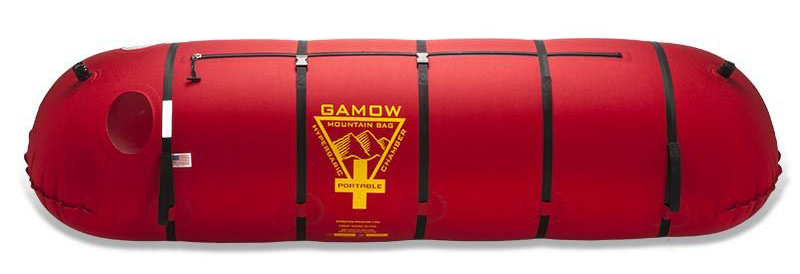
Precautions for Altitude Sickness?
The bodily mechanism of every individual differs from the others’ and the unpredictable nature of altitude sickness causes more trouble to prepare for the illness. Similarly, there is not a set standard and guideline to prevent altitude sickness. So, the best way to avoid altitude sickness is to maintain a constant pace while ascending. It is best to take the trek slowly and easily so that the body can adapt to increasing altitudes. So, rapid movement should be forbidden for trekkers going to higher altitudes. As the altitude gains, you should wear thicker and warmer clothes to maintain body temperature.
Conclusion
The Himalayas in Nepal are alluring and beautiful destinations that are fully worth the efforts on the trips. However, the high altitude poses various problems for travelers, which can be fatal if neglected. So, trekkers need to take altitude sickness into serious account so that they won’t face any problems while traveling. As the saying “Prevention is better than cure” goes, travelers need to carry proper medicines and take necessary actions if they see early signs of altitude sickness. It is necessary to remember that altitude sickness is not life-threatening if handled on time. So, travel safe and travel responsibly in Nepal.

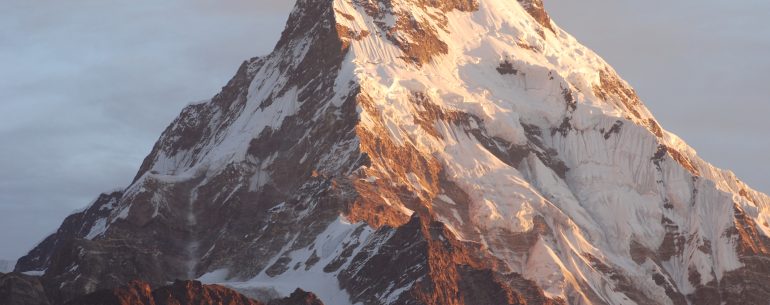
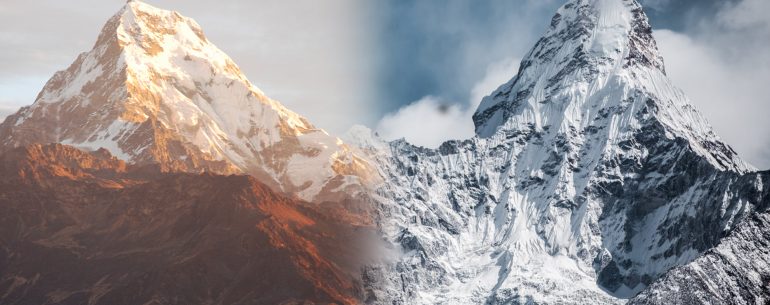
Leave a Reply